
Lot 184
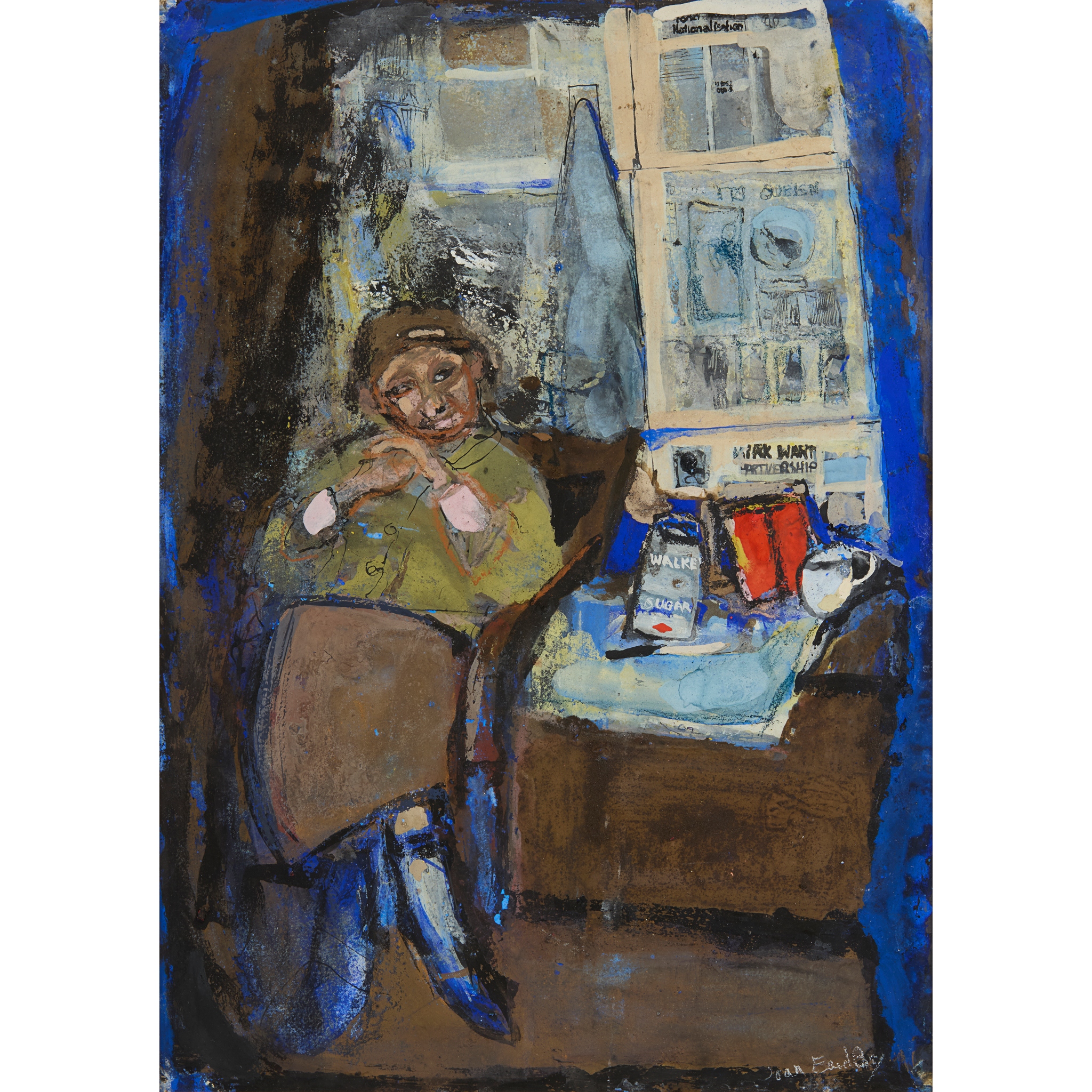
JOAN EARDLEY R.S.A. (SCOTTISH 1921-1963) §
JEANNIE
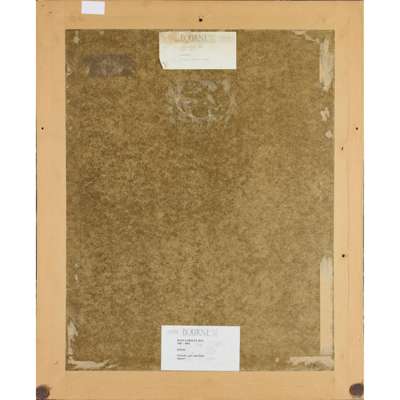
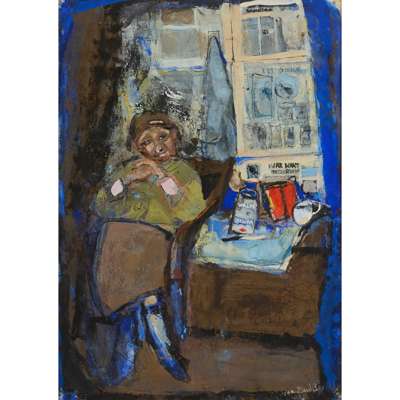
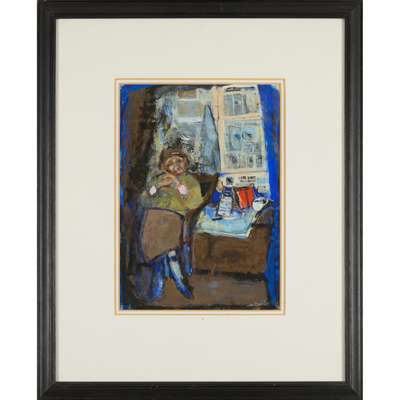


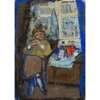
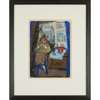
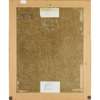
Scottish Paintings & Sculpture
Auction: Evening Sale | Lots 112- 206 | Thursday 05 June from 6pm
Description
Signed, gouache, pen and chalk
Dimensions
38cm x 26.75cm (15in x 10.5cm)
Provenance
Bourne Fine Art, Edinburgh
Literature:
Paul Harris and Julian Halsby, The Dictionary Of Scottish Painters 1600-1960, Canongate / Phaidon Press in association with Bourne Fine Art, 1990, ill. p.55
Footnote
Originally hailing from Sussex, Eardley and her family moved to Scotland when she was a teenager, and her adopted country became her predominant and enduring source of inspiration. Famously, her work is intrinsically tied to the locations of Townhead in Glasgow and Catterline village in Angus. Less well known, but nonetheless of significance within Joan’s work, is a connection to the Isle of Arran.
Though it is unrecorded exactly when and on how many occasions Eardley visited Arran, it is known that her painting excursions there were made during her years as a student at the Glasgow School of Art in the early 1940s, at the invitation of her friend and fellow artist Margot Sandeman. Sandeman came from an artistic family and had frequented Arran all her life. The creative and emotional companionship which she extended on these trips was of great significance to Eardley. Their friendship would endure until her latter’s death in 1963.
While on Arran, the two women stayed in a tiny vernacular building known as the ‘Tabernacle’, rented from a Mrs Kelso. Mrs Kelso’s relative lived next door, and ‘Wee Jeannie’, as she was known, swiftly became drawn into Eardley’s orbit, both as a friend and an artistic muse. Endeared by her down-to-earth manner and ‘couthy’ sense of humour, Jeannie became an integral part of Arran’s appeal to the young Eardley. She sketched her on several occasions, often, as in the work offered here, in a basic but cosily cluttered cottage interior. This is a wonderful and scarce example of this early period of her career.
Eardley is known for sensitive observational studies of poorer and more vulnerable members of society. Never objectifying, this subject matter must rather be regarded as a reflection of her compassion and deep humanity. In this work we see Jeannie in repose in a wooden chair, surveying the artist with reciprocal intent, a reflection, perhaps, of the unencumbered directness of her personality, as well as her comfort in Eardley’s presence. Sheets of newspaper cover the windowpanes behind her, shielding the interior from the worst of the draughts that constantly sought a way in. A jumble of tea-time paraphernalia sits to her side on an old tea chest. This example showcases Eardley’s facility across media, in this case pen, ink, chalk and gouache. Her student works, including the Arran sketches, are characterised by a strong sense of draughtsmanship which showcase the confident solidity of line for which she was to become known. Additionally, one sees the burgeoning use of strong colour. The vivid ultramarine blue used here would later recur in her work.
Scratchy pen marks and the scumbling texture of her chalks readily describe the dilapidated and threadbare essence of the interior and Jeannie’s clothes, yet the highlights of bold colour work remind us of her artistic place as a modernist.








